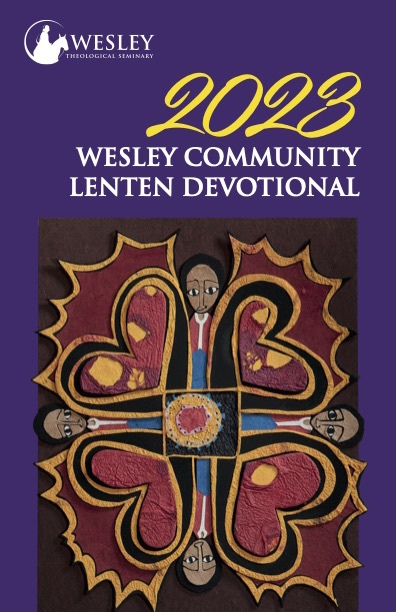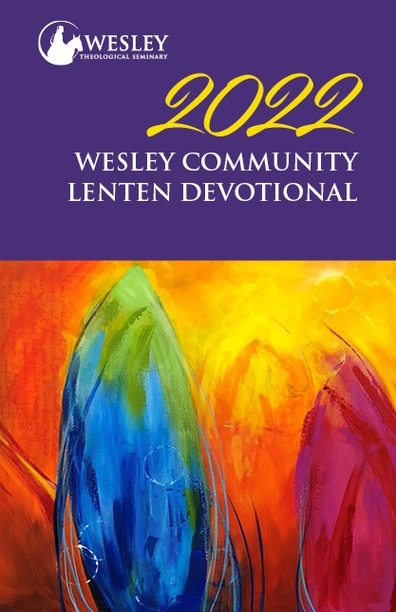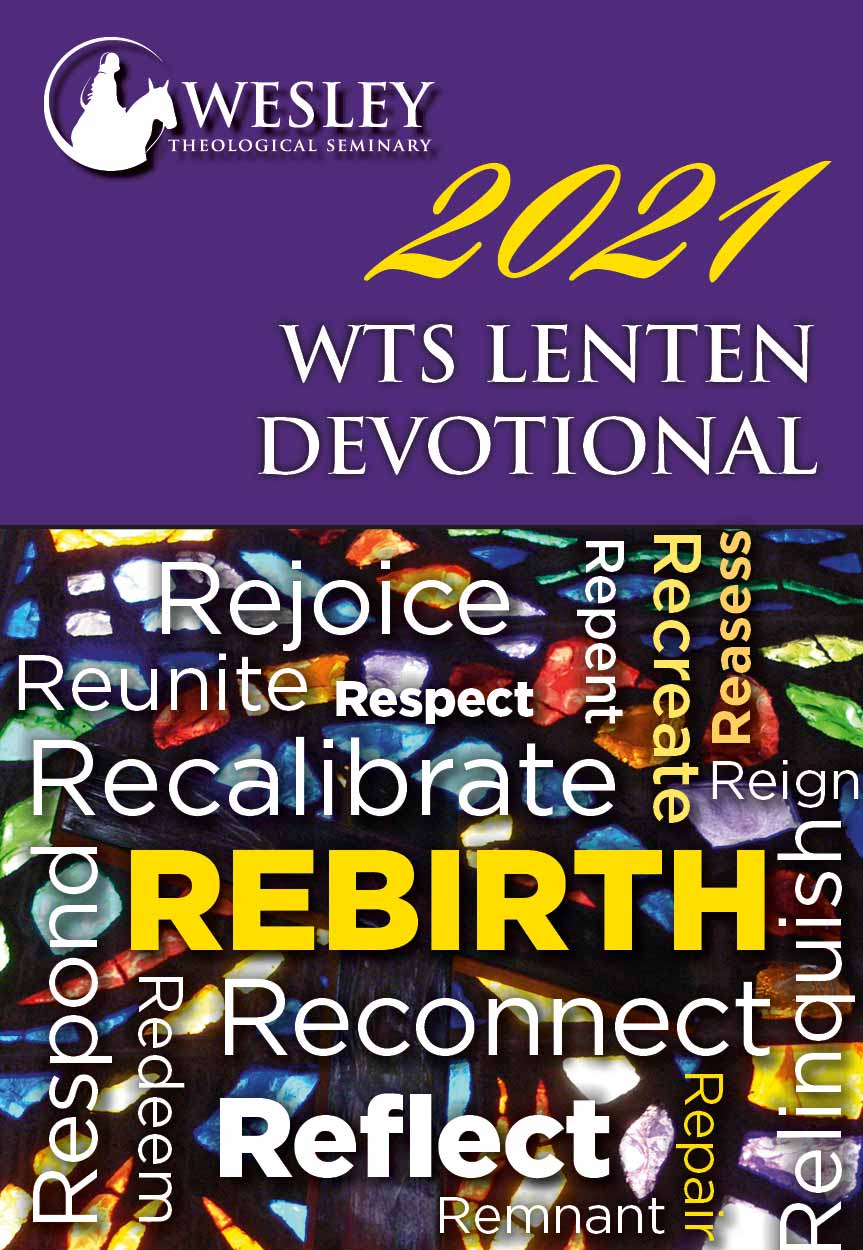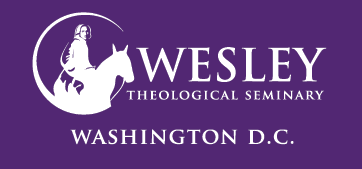2024 Wesley Community Lenten Devotional
Let Love Lead the Way
Week Four
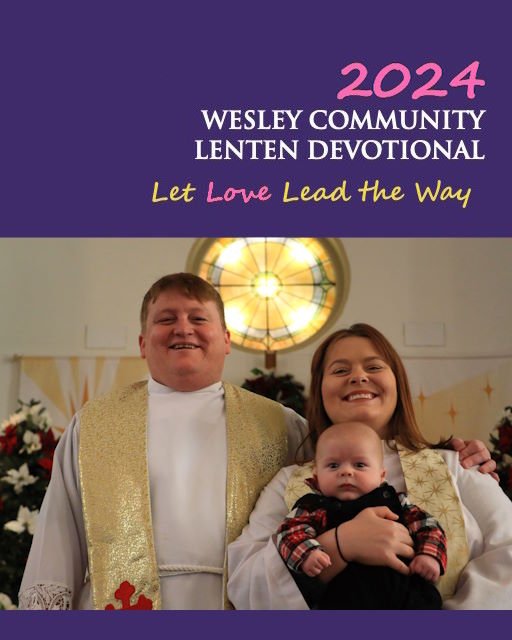
Rev. Annabelle Viehland and Rev. Daniel Viehland
Community ConnectionsAnnabelle: WTS MDiv 2017; Pastor, FUMC of Fort Lupton and Erie UMC; Member of Mountain Sky Conference Disability Committee
Daniel: WTS MDiv 2018; Pastor, FUMC of Platteville and Mead UMC; Co-Chair of Mountain Sky Conference Disability Committee
Love LanguageWe have somewhat different love languages. Annabelle’s love language is Words of Affirmation, but she enjoys expressing love by gift giving. When it is time for Christmas, or birthdays, or anniversaries she is always thinking deeply about the perfect presents for those she loves. My primary love language is Physical Touch; hugs and holding hands hold deep meaning for me. -- DanielFavorite Love SongIt’s hard to pick our favorite love song, but I’d go with “Cover Me Up” by Jason Isbell. It was the first song we danced to in Daniel’s dorm room at Wesley, it was the first dance at our wedding. At the last Jason Isbell concert I attended, I was pregnant with our son, Desmond (now six months old). When “Cover Me Up” played, Daniel felt our son move for the first time -- Annabelle
Rethinking “Lameness”
Disability Reflections on John 5:1–18
J
ohn 5:1–18 is a complex passage to read with modern, justice-focused eyes. It’s unwise to ignore the ways that stories about “the Jews” persecuting Jesus have often been read out of context to justify horrifying acts of anti-Semitism. But there is another group for which this passage may be a stumbling block: the disabled community. Our hymns are full of passages about healing “the poor and lame” or using blindness and deafness as a metaphor for spiritual failings. It is easy to look at passages like this and see disabled people as mere props used to prove Jesus’ divinity, or as objects of pity in need of healing.
Some in the disability community have begun to reclaim these passages. If we apply the “medical model of disability,” which sees medical “cures” as the primary approach to handling disability, then we may miss the greater point. However, if we understand that the primary focus of allyship with people with disabilities shouldn’t be medical intervention but inclusion and accessibility then we may begin to see these passages as stories of liberation. Disabled people in Jesus’ day were usually at the bottom of the social ladder, often left to beg for their meals, as we see in this passage. Their disabilities were generally seen as punishments from God, or a source of ritual uncleanliness. Disabled children were often left in the wilderness to die from exposure.
Completely changing the social context of his society was an impossible task. But in healing them, Jesus was not only healing them of their illness; he liberated them from their place in an oppressive social order. The Early Church took this lesson to heart, becoming well known for the way they cherished abandoned babies and impoverished adults with disabilities, bringing them into the “chosen family” we call Church. This passage calls to us in an age where the work of inclusion is not yet accomplished, and where ableism and lack of accessibility remains a serious issue even within God’s Church.
Reflection: How can you participate in the liberating work to Jesus by making your faith community more accessible to disabled people?
Praying Through The Seasons With Wesley
Journey with Wesley Theological Seminary (WTS) through the seasons of the liturgical and academic year. Connect through prayer with the Wesley Community, on campus and in ministry around the world.
Please return here each season to rekindle a rhythm of prayer that unites the Wesley Family, no matter where we are.


